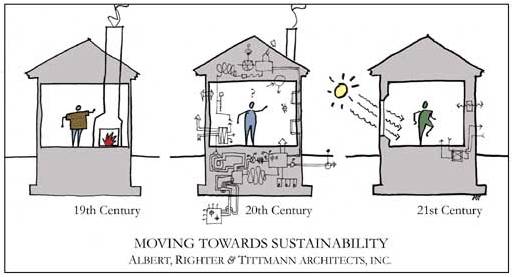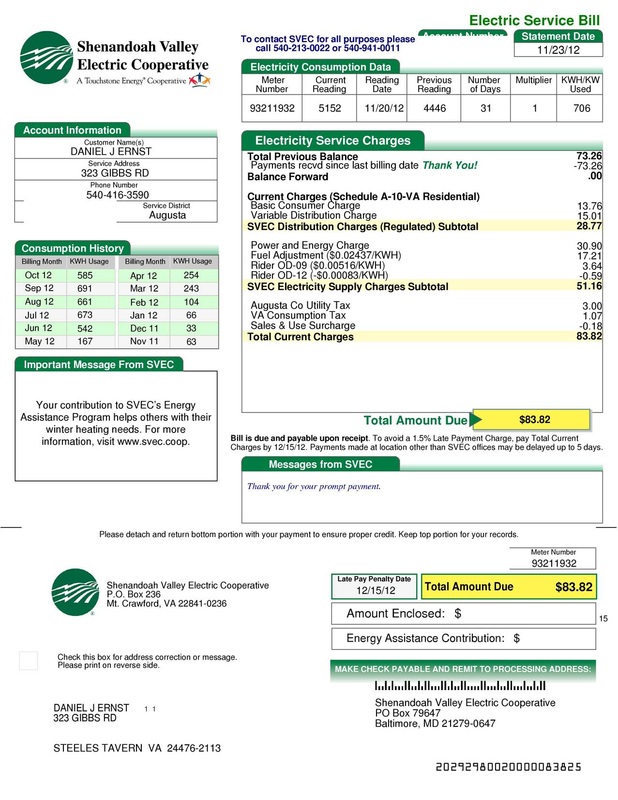As an example, in a little over a hundred years, we went from the telegraph---the standard method for long distance communication---to the cellular phone.
And that pace of change is only accelerating.
In 1992, Motorola came out with the Bag Phone, a premier product that gave users nearly three hours of talk time. It weighed ten pounds and served a single purpose. Fast forward to 2012. Today we have the iPhone 5. It weights a mere 3.95 ounces and can perform a dizzying array of functions for up to eight hours.
If only we could upgrade our houses like we upgrade our cell phones . . .
Most people have the financial ability to upgrade their phone every year or two, and in some cases they have to upgrade (planned obsolescence). But houses? Not so much. Who can afford a $100,000 gut rehab? It costs too much and takes too long. It just doesn't happen very often.
If you look at housing over the last century, there has been a sea change in technology there too. Yet, in many ways, we're still building houses the same way we did in 1912. We've moved from coal furnaces in the basement to high efficiency natural gas models . . . but chances are the furnace is still sitting in the basement of your new house.
Albert, Righter, & Tittmann Architects designed a passive house project for the Charlotte, VT Habitat for Humanity. They also produced a great graphic that shows the evolution of housing. It clearly illustrates what was, what is, and what could be . . .
Forgive me, but that almost sounds like Dicken's warning to Ebenezer Scrooge, in A Christmas Carol. I think that incessant holiday music is takiing effect!
If you study the drawing of the 21st century house, you will see that it is the energy efficient house. The technologically advanced house. Yet in many ways, it is the simple house.
It's airtight and ventilated with heat recovery. It has more insulation, fewer bells and whistles. It accepts the sun in the winter and rejects it in the summer. It uses small devices for heating and cooling, devices that cost little to purchase and even less to operate.
Upgrading a house to meet today's energy efficiency standards is costly and difficult. For most, it only makes sense when the structure is sound, but all of the exterior finishes are failing.
But if you are building a new house, why go back to the 20th century?
__________________
Happy Holidays to you and yours!



 RSS Feed
RSS Feed